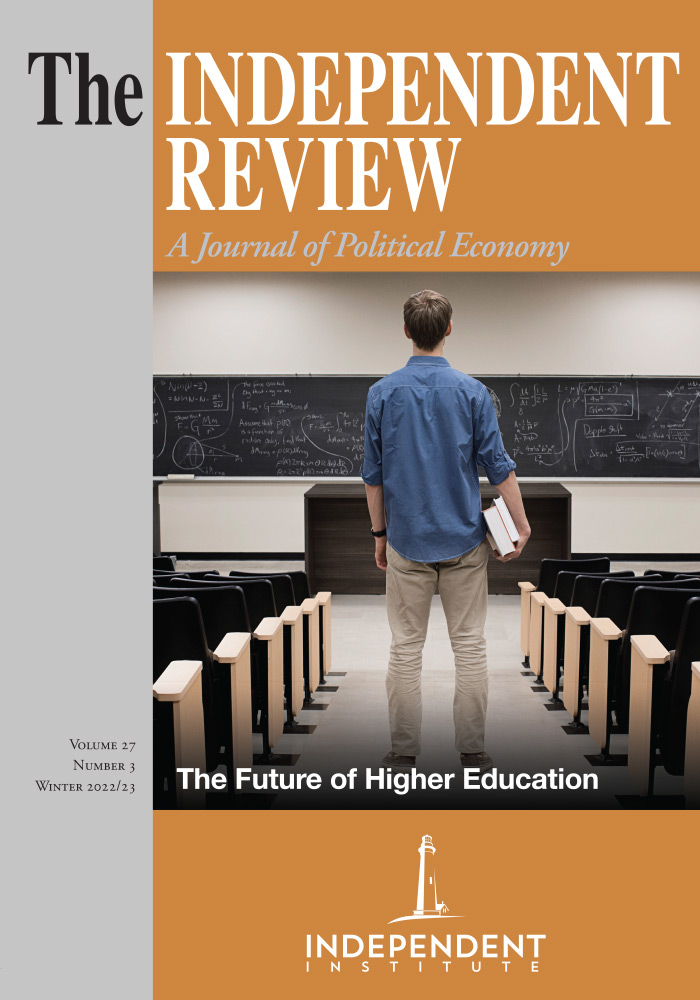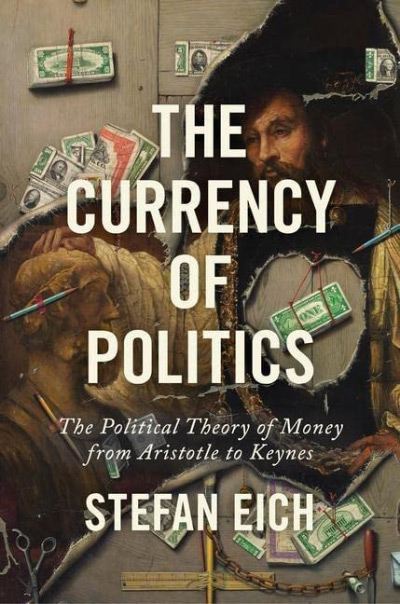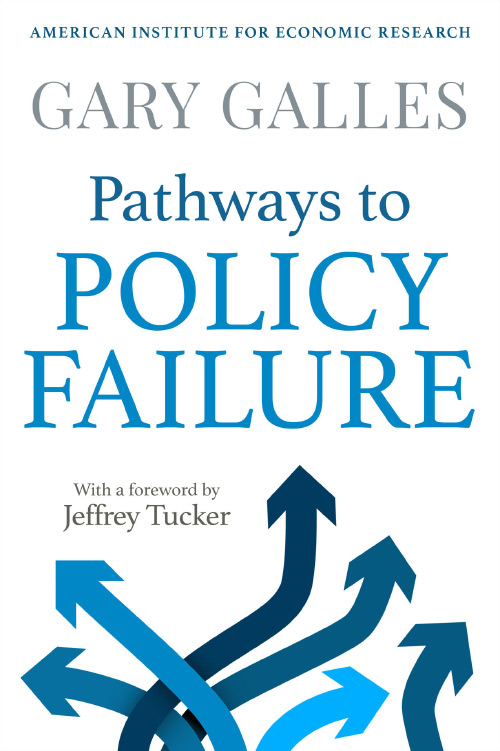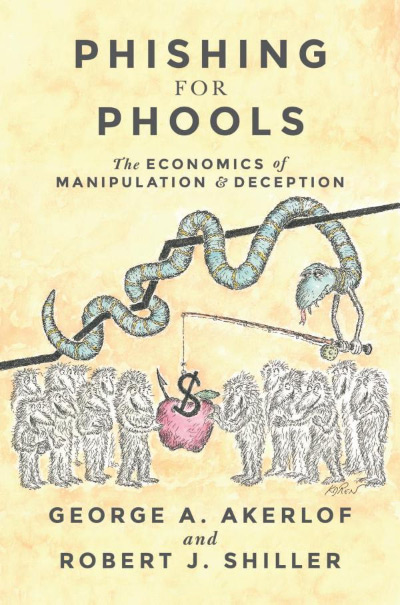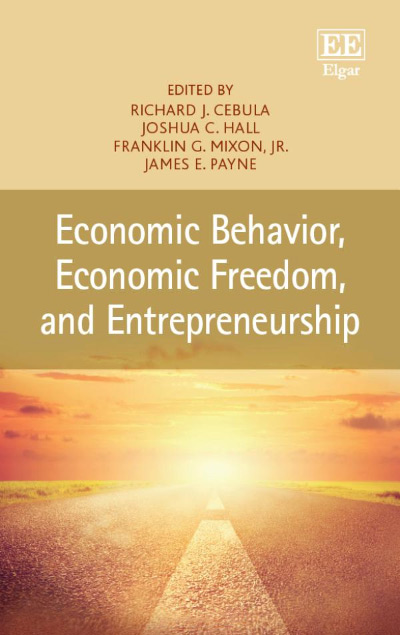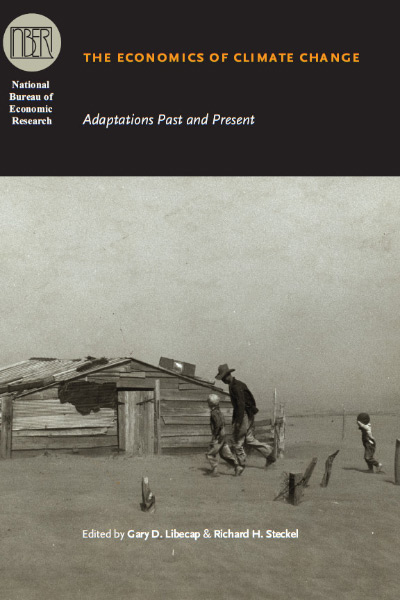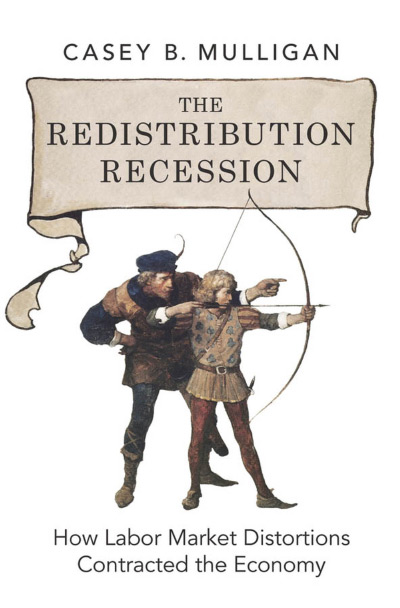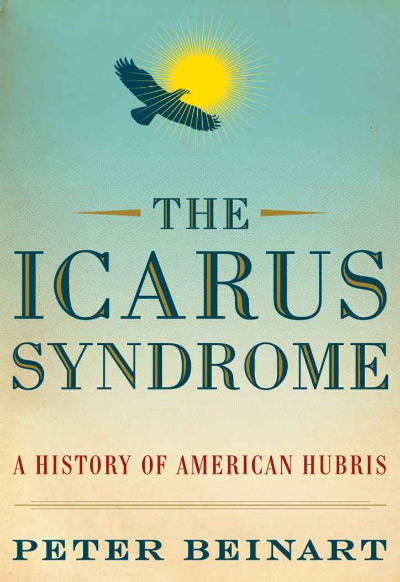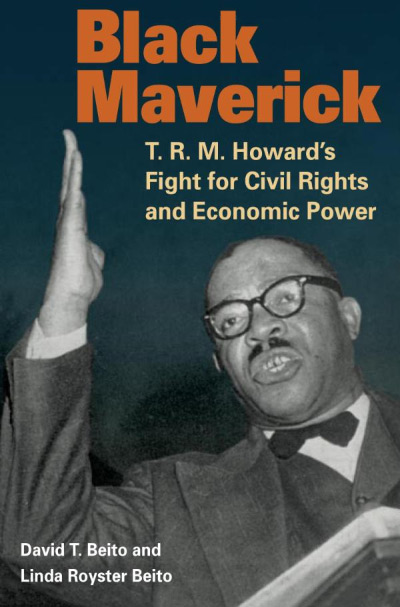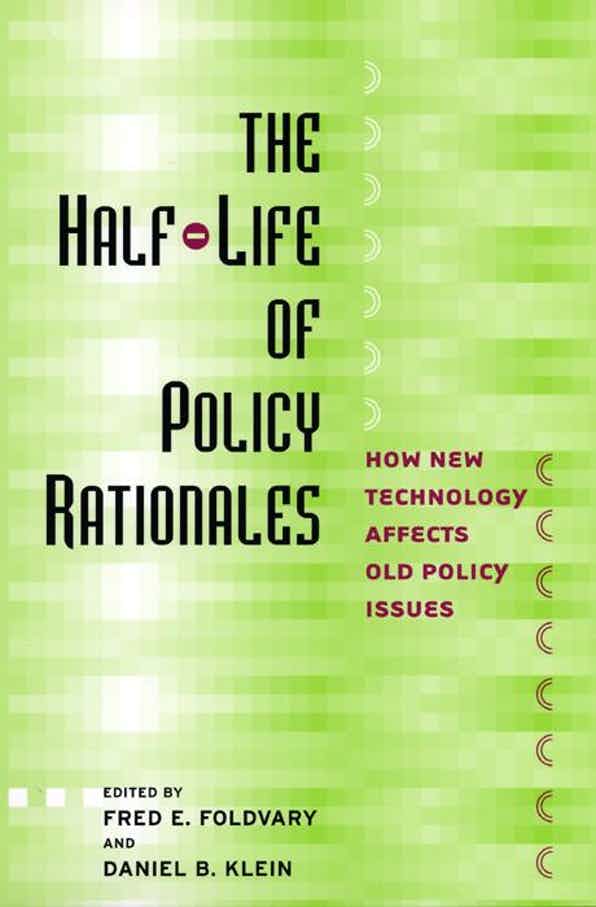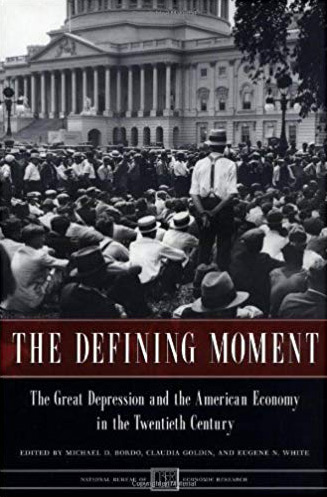The history of ideas is a tempting domain for exploration. Building from the ground up, one might feel that he or she truly understands the modern intellectual and political environment by looking back to the greats from the Western intellectual tradition. How did Aristotle conceive of money? What did Adam Smith proport as the policy regime that would best govern the monetary system? What political battles were these authors fighting at the time? What later opposition did these ideas encounter and why? Such questions might shed light upon a subject, or it might be used only to reify one’s own views.
In The Currency of Politics: The Political Theory of Money, Stefan Eich explores political thought on money. Starting with Aristotle, the author identifies money within the nexus of communal norms, including norms of justice. Exchange mediated by money was, for Aristotle, reciprocal in nature. Eich closes his discussion of Aristotle with a preview of the book’s theme:
Currency equalized previously hierarchical relationships, and yet it introduced its own form of inequality. It is this double-sided ambivalence of money—suspended between vaunted hopes and disappointments—that partially accounts for its tragic potential (p. 40).
Money, like other institutions, has enabled “new class alliances that not only transformed power but preserved hierarchies” (p. 40). Following this concern, the author seems to concur with Rousseau’s reflection on the capitalist era wherein, “[w]ith money, one has everything, except morals and citizens” (p. 44).
In his remaining review of political theorists—he focuses on John Locke, Johann Gottlieb Fichte, Karl Marx, John Maynard Keynes, and Friedrich Hayek—Eich seeks to reframe our perception of money from an impersonal economic object to a view that articulates “questions of power, rule, and justice” (p. 21). Weaved into Eich’s narrative rests a “positive program of democratic contestation of money power” (p. 220). Falling short of Eich’s ideal, early contestation of money power sought to tie the hands of a state that might abuse its legal tender privilege. The author frames Locke, harbinger of Enlightened British political thought, as reducing the common conception of money to a medium that facilitates the development of capital. For Locke, the state’s responsibility, according to the social contract, was to promote trust in the stability of the monetary unit. Writing in an age where gold was money, Locke was concerned about consistency between the weight of a gold coin and its face value. While the weight of the monetary unit was itself a convention, that convention ought to be fixed once established (p. 72). To alter the value of the monetary unit would be a violation of social trust by the very institution trusted to provide justice in the execution of contracts. For Eich, however, this narrow conception of money “obscured the implied political possibilities” with regard to intervention in the monetary system by the state (p. 75). Instead, the author argues that “much of what passes as the depoliticization of money is a sleight of hand that would be more accurately described as the de-democratization of money” (pp. 18 – 19).
The heart of Eich’s perspective is developed beginning with his discussion of Fichte. Foreshadowing the management of currency by central banks, Fichte conceived of a monetary constitution not dependent upon any commodity, but rather, the state would “control its own currency so that it could secure a set of economic rights” (p. 101). In the process, the “state had to follow ‘firm principles’” that would allow the value of the monetary unit to “remain invariable” (p. 100). Marx, on the other hand, “predicted that laws to reform the monetary system would prove to be unworkable as long as the pervasive rule of capital had not been fully grasped and, indeed, overcome” (p. 135). Following the trend of all institutions in capitalist society, money was subservient to the interests of capitalists. Effective monetary reform would not be possible under a political system dominated by private interests that operates adjacent a private financial system that also creates money.
Eich presents Keynes as challenging this assertion. For Keynes, there exists a “need to socialize investment.” He treats macroeconomic management as a means of promoting the public good (p. 143). Following Georg Friedrich Knapp’s conception of the relationship between money and state, “Keynes explained, the state ‘claims the right to determine and declare what thing corresponds to the name, and to vary its declaration from time to time – when, that is to say, it claims the right to re-edit the dictionary.’ All modern money . . . was ultimately tied to the state ‘beyond the possibility of dispute’” (p. 152). Keynes most desired to see the development of an international currency that would allow for flexible management according to a “supranational ‘constitution’” (p. 170). This would allow national central banks to promote domestic welfare while facilitating system level oversight charged with promoting the health of the international monetary system.
The Keynesian dream was never realized in its pure form. With the end of Bretton Woods in 1971, concern about inflation led to reconceptualization of monetary management. Central banks, to the extent that they intervened in the monetary system, needed to be constrained by rules that limit their ability to generate inflation. This is the setting in which Eich presents the ideas and influence of Hayek and relates these to “the neoliberal turn toward a new politics of depoliticization” (p. 185). Eich reflects that to “Hayek’s surprise . . . democracies turned out to be remarkably able and willing to bind themselves” (p. 194). The author laments that this depoliticization “also meant that central banks were no longer obliged to take economic justice or distributive concerns into account” (p. 195). He sees a victory of the “neoliberal and neoconservative capacity to set forth an alternative path out of the legitimacy impasse of welfare capitalism by systematically redrawing the boundary between economics and politics. If visible intervention in the economy imposed strains on the political system, a politics of economic de-democratization was a conceivable and intelligible response” (p. 196).
In closing, Eich clarifies a distrust of institutional formation by the private sphere. “The arguments political theorists have developed against private power caution in this light against the further privatization of money by global banks, tech platforms, or indeed private cryptocurrencies” (p. 215). The author wishes “to prevent a slide into digital feudalism in which tech platforms function as private governments able to issue their own parallel script money” (p. 215). Eich suggests public alternatives such as “a revival of postal banking” and provision of “accounts at the Federal Reserve . . . to everyone.” These are presented as steps on the path to democratic oversight of money in pursuit of the public welfare.
While I have presented the overarching logic of Eich’s analysis, the rationale behind the narrative presented in The Currency of Politics is at least as much influenced by ideology as it is by facts. The author interprets society and state interchangeably, typically interpreting influence by private interests over public policy as an eradicable bug rather than a feature of society. He views constraints placed on states by competitive markets not as a natural feature of society but as an obstacle to manifestation of the public good. The creation of private moneys, also, is an obstacle to implementation of the ideal monetary policy. He notices that, in practice, state governance of money has fallen short of his democratic ideals and never relinquishes expectation that with appropriate management and structure, the state could pursue the public good as he envisions.
To add to this ideological tension, the author’s historical and theoretical knowledge fall short at points critical to his argument. The presentation of the gold standard adjoined to his review of John Maynard Keynes is particularly problematic. He envisions the gold standard as a monolith whose operations were automatic. Yet, in his discussion of the interwar gold standard and the Great Depression, there is no recognition that the constraints of the managed gold standard were political as pointed out by Barry Eichengreen and Peter Temin (2000, The Gold Standard and the Great Depression. Contemporary European History 9 [July]: 183 – 207). And as Richard Timberlake has shown, the gold standard under the Federal Reserve was a managed monetary standard (2007, Gold Standards and the Real Bills Doctrine in U.S. Monetary Policy, The Independent Review 11 [Winter]: 325 – 354). Far from the Great Depression being inevitable under a managed gold standard, Chang-tai Hsieh and Christina Romer observe that the Federal Reserve could have expanded the monetary base in the United States during the Great Depression while still maintaining minimum legal requirements (2006, Was the Federal Reserve Constrained by the Gold Standard during the Great Depression? Evidence from the 1932 Open Market Purchase Program, Journal of Economic History 66 [March]: 140 – 176). Further, the departure of most European nations from the gold standard and its suspension by the U.S. during World War I suggest that rigidity in the system’s operation was self-imposed. Recognition of this would be consistent with observations made by the author concerning management under the current system of competing fiat currencies.
More problematic, however, is either a lack of understanding or lack of concern for the mechanisms that drive inflation. If the author has a subtle and well-informed appreciation for the mechanisms by which monetary policy is administered, this is not evidenced in his discussion of the modern financial system and system of monetary policy intended to govern it. Though he understands that banks create money, Eich fails to articulate any distinction between the monetary base and higher-level monetary aggregates that are built from that base. Eich also seems to take for granted the stability of inflation expectations. He fails to consider the significance of the Expectations Augmented Phillips Curve that clarifies the limits of inflationary policy in promoting lower unemployment as well as the ill consequences of persistent monetary expansion aimed at lowering the rate of unemployment. The effect of an inflationary policy aimed at lowering the rate of unemployment is self-reversing. If there is a short-run tradeoff between inflation and unemployment, to normalize the inflation rate by lowering it must at least offset the fall in unemployment achieved by raising the inflation rate. Under a discretionary regime, to correct or prevent imbalances that result from inflation requires countercyclical policy.
This lack of concern from an author intending to influence discussion of monetary policy could not be more poorly timed as inflation rates in the U.S., and around the world, have risen in response to unprecedented monetary expansion. The lesson taught to us by Milton Friedman has been neglected as the Federal Reserve expanded circulating currency at year-over-year rates as high as 17%. The rate of inflation measured by year-over-year changes in the CPI has so far reached as high as 9.1%.
Still, one must appreciate the desire of the author to frame a monetary constitution as operating within a more general social contract. Often, economists who place faith in the efficiency of competitive markets pay little attention to power politics that occur within those markets and between institutions and actors in both private and public spheres. There is no clean division between market and state. The presumption that exchange should be depoliticized does seem to support an illusion that exchange is depoliticized. Neither is it appropriate to place a halo around the public sphere. All social spheres are subject to pursuit of private interests. This pursuit entangles private and public life, as the author observes in his cursory review of the 2008 bailouts. Unfortunately, Eich employs a theory that fails to recognize the persistence of self-interest at all levels of formation of the social contract. This theoretical vacuum suffocates what I had hoped would be a constructive discourse on the role of money in society. Instead, the author gives precedence to his normative vision over the cold facts of experience.
| Other Independent Review articles by James L. Caton | ||
| Summer 2023 | A Monetary and Fiscal History of the United States, 1961–2021 | |
| Spring 2023 | Crisis and Credit Allocation: The Effect of Ideology on Monetary Policy during the Great Depression and the Great Recession | |
| Winter 2019/20 | American Default: The Untold Story of FDR, the Supreme Court, and the Battle over Gold | |
| [View All (4)] | ||

